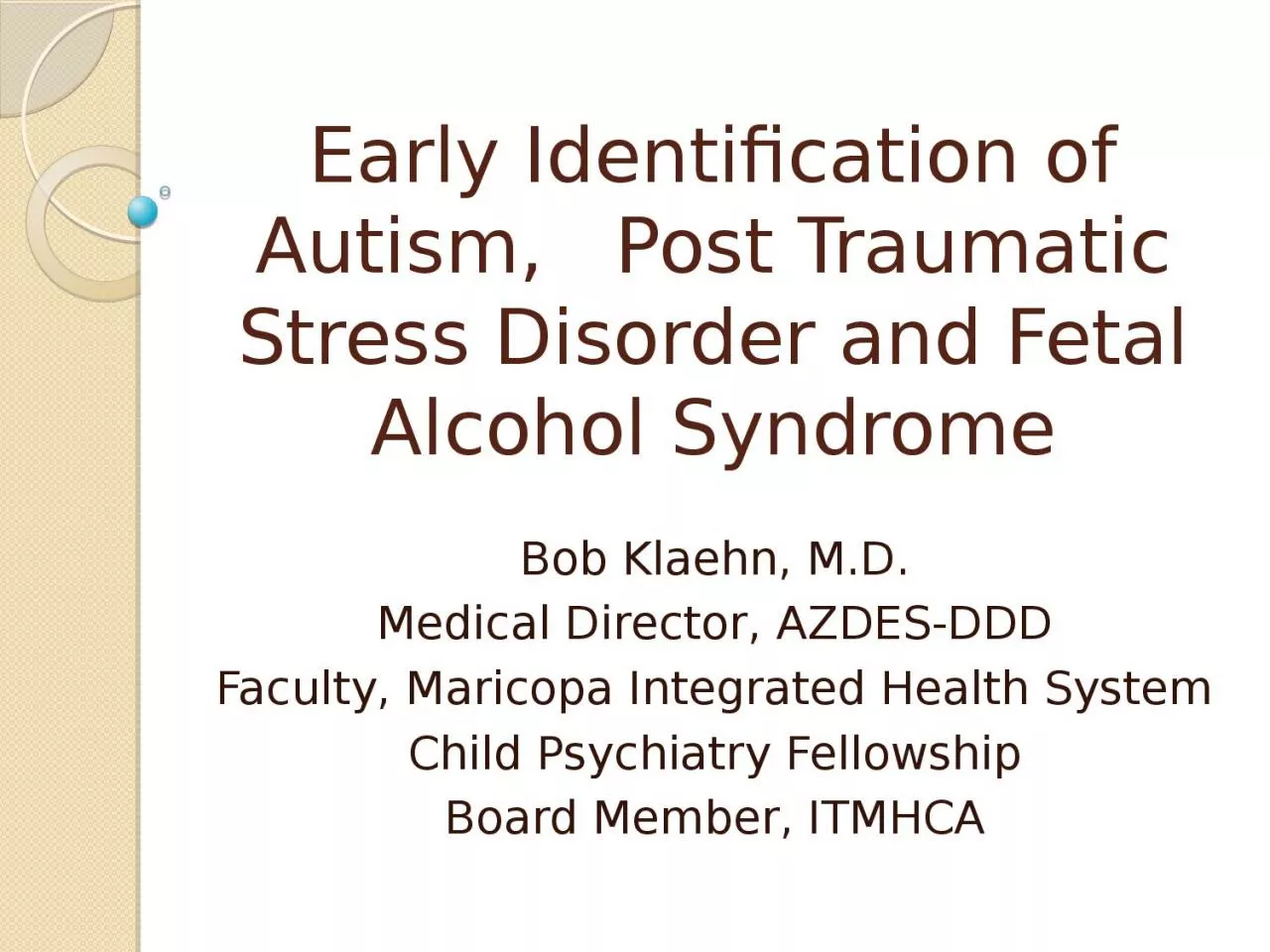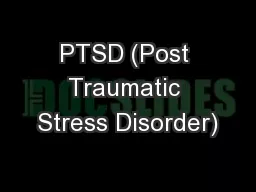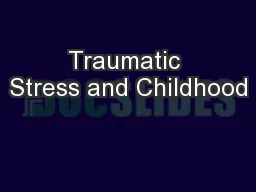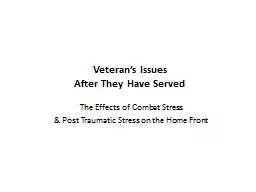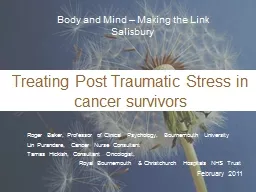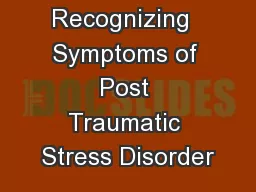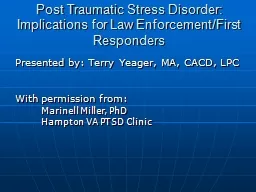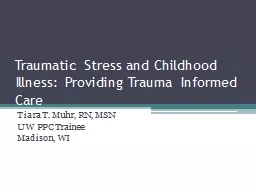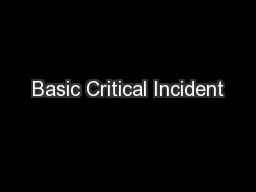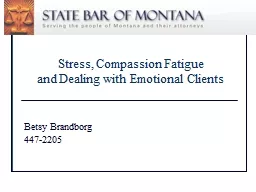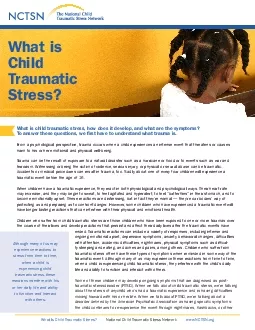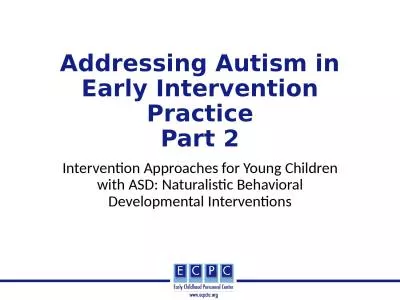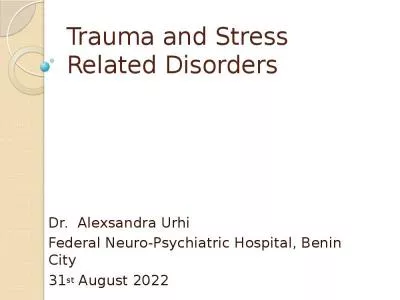PPT-Early Identification of Autism, Post Traumatic Stress
Author : eve | Published Date : 2022-06-18
Disorder and Fetal Alcohol Syndrome Bob Klaehn MD Medical Director AZDESDDD Faculty Maricopa Integrated Health System Child Psychiatry Fellowship Board Member
Presentation Embed Code
Download Presentation
Download Presentation The PPT/PDF document "Early Identification of Autism, Post T..." is the property of its rightful owner. Permission is granted to download and print the materials on this website for personal, non-commercial use only, and to display it on your personal computer provided you do not modify the materials and that you retain all copyright notices contained in the materials. By downloading content from our website, you accept the terms of this agreement.
Early Identification of Autism, Post Traumatic Stress: Transcript
Download Rules Of Document
"Early Identification of Autism, Post Traumatic Stress"The content belongs to its owner. You may download and print it for personal use, without modification, and keep all copyright notices. By downloading, you agree to these terms.
Related Documents

